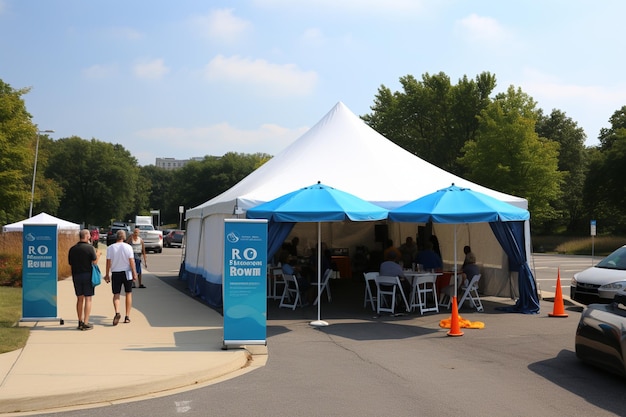To Study the characteristics of transistor in Common Base configuration.
Power supply, Transistor characteristics Kit, Connecting Leads, Voltmeter, Ammeter.
Transistor is a semiconductor device consist of two p-n junctions. It has three terminals, to handle I/P and O/P four terminals are needed. Therefore, one terminal is made common. A transistor can be connected in three Ways CB, CE, and CC.
Common base: Base is made common. I/P is connected between base & emitter and O/P is taken between base & collector.
Input charact.The curve plotted between emitter current I & the emitter-base voltage constant collector-base voltage V.
Output charact.The curve plotted between collector current I & collector-base voltage V constant emitter current I.
Circuit Diagram:

Input charact.
Output charact.
| S. No | Input charact.(Vcb=Cons.)/Ie(mA)/Veb(Volts) | Output charact. (Ie = Const.)/Ic(mA)/Vcb(Volts) |
| 1 | ||
| 2 | ||
| 3 | ||
| 4 | ||
| 5 | ||
Graph:

Result:The input and output characteristics of transformer in CB configuration has been plotted.
Discussion:With the help of output characteristics we can calculate ac & dc current gain in CB configuration.
Precautions:
Q1:What do you mean by biasing of transistor?
A1:When dc voltages are applied across the different terminals of transistor, it is called biasing.
Q2:What is d.c. current gain in common base configuration?
A2:It is ratio of collector current(Ic) to emitter current (Ie).
Q3:What is typical value for d.c. current gain ?
A3:0.99
Q4:What is a.c. current gain in CB confifuration?
A4:It is ratio of change in collector current to change in emitter current.
Q5:What are input characteristics?
A5:These curves relate i/p current & i/p voltage for a given value of o/p voltage.
Q6:What are output characteristics?
A6:These curves relate o/p voltage & o/p current for a given value of input current.
Q7:Which configuration has highest voltage gain?
A7:Common Emitter.
Q8:Which configuration is most widely used?
A8:Common Emitter.
Q9:What is operating point?
A9:The zero signal values of Ic & Vce.
Q10:Which reigon is heavily doped in Transistot?
A10:Emitter






Get all latest content delivered to your email a few times a month.